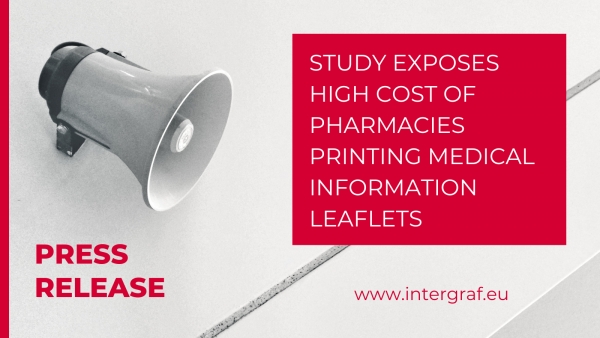14 February 2014
Access to finance improving for printers
Since the 2008 financial crisis there has been a significant tightening in credit conditions, with a dramatic reduction in bank lending to small firms. So, as the economy begins to recover, are there signs that access to finance may be improving for printers?
Encouragingly, results from the latest BPIF Printing Outlook Survey (Q4 2013) indicate some degree of recent improvement in access to finance for our industry. Whilst the majority of respondents (79%) continue to report no change in the availability of bank lending facilities, more than three times as many respondents reported improvement than those reporting deterioration. And although the cost of this lending is reportedly increasing for more respondents than those for whom it is decreasing, the balance between the two has narrowed to just 2%, the lowest recorded in twelve months.
The availability of credit lines from suppliers is marginally down from the positive balance of 2% recorded in Q3, with the percentage reporting improvement in Q4 equal to those reporting deterioration. However this latest reading is still well above the negative balance of -9% recorded for first quarter in 2012. Bad debt remains an issue for many companies: 16% reported that bad debt has increased in the last 12 months, although this was mostly offset by the 13% that reported decreasing levels of bad debt. Average debtor days decreased slightly to 59 days in Q4 (from 60 days in Q3). Creditor days also decreased to 60 days - from 62 previously. And although late payment remains a concern, with 18% of Q4 respondents reporting an increase in the incidence of late payments by customers in the previous 12 months, 13% reported an improvement this time.
The latest Survey also shows that the industry's trading performance continues to improve, with most respondents (55%) stating that their business is expanding. Whilst this is welcome news, this uptick in print's prospects throws up a new challenge - the need for additional funding to support investment and sustain growth.
Last November, the Bank of England and HM Treasury announced changes to the terms of the Funding for Lending Scheme (FLS) to re-focus the incentives in the scheme towards supporting business lending in 2014. The FLS extension will continue to allow participants to draw from the scheme from this February until January 2015, but household lending in 2014 will no longer generate any additional borrowing allowances. Instead, additional allowances will now only reflect lending to businesses.
The following month, the government announced that it is to provide an extra £250m to the British Business Bank to lend to small businesses, on top of the £1bn already allocated. The bank, which was formally launched last November but will only be fully operational in the second half of this year, is a state-owned vehicle through which government finance initiatives are to be channeled, specifically to SMEs struggling to get funding via traditional streams. The funding will be used to support new market entrants and later stage venture capital and asset-based finance. Since being announced, it has taken over management of existing government access to finance schemes aimed at SMEs. These include the Enterprise Finance Guarantee Scheme, which reached its highest level of lending since 2010 in Q3 last year.
With more companies now looking to borrow from non-bank lenders, the CBI has recently published a useful guide entitled Ripe for the Picking: a guide to alternative sources of finance for growing businesses*. Member companies can also take advantage of the BPIF's Financial Alliance Service**, which offers an integrated range of financial services, including commercial and asset finance.
To view the CBI Alternative Finance Guide for Growing Businesses, Click Here
To view the Financial Alliance Services Asset, Click Here
 Intergraf Economic News (Paper Prices) - March 2024
Intergraf Economic News (Paper Prices) - March 2024
18 March 2024
Access the latest edition of the Economic Newsletter for the European Printing Industry for data on paper consumption, and pricing data for pulp, paper and recovered paper. Data for packaging papers and board is also available with this edition.
 STUDY EXPOSES HIGH COST OF PHARMACIES PRINTING MEDICAL INFORMATION LEAFLETS
STUDY EXPOSES HIGH COST OF PHARMACIES PRINTING MEDICAL INFORMATION LEAFLETS
7 March 2024
Intergraf welcomes the release of a study by our partner MLPS (Medical Leaflet = Patient Safety), a subgroup of the European Carton Manufacturers Association (ECMA) shedding light on the potential economic costs associated with the proposed use of Print on Demand (PoD) leaflets in the pharmaceutical legislation revision.
The BPIF is the printing industries champion. By becoming a member you join a diverse and influential community. We help you solve business problems, connect you to new customers and suppliers and make your voice heard in government.
Call 01676 526030









